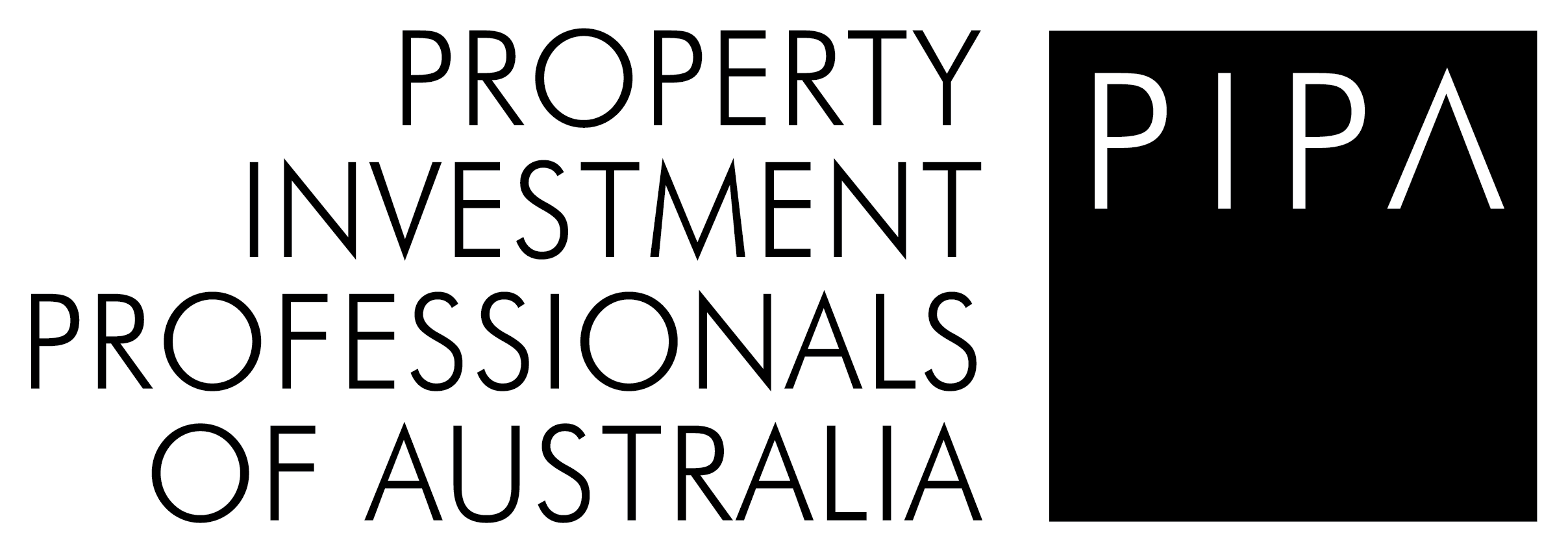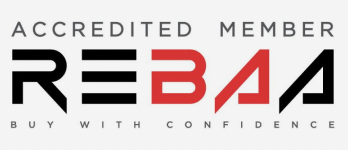In This News Issue:
- Residential Tenancies Dispute Resolution Scheme & FAQ for Commercial Tenancy Rent Relief
- REIV Research Bulletin May 2020
- Property Landscape – Present Situation & Market Sentiment – Mark Errichiello From Master Advocates
Proudly presented in association with Moonee Valley City Councils COVID19 Business support Webinar Series and
Special Guest Speakers:
– Leah Calnan, REIV President and
– Richard Simpson, REIV Past President and current Director - REIV Report – New COVID19 Government Directions Released, This Has Been Effective Since Midnight Tue 12th May
- Coronavirus (COVID-19) advice for parents, carers and guardians
Advice for parents about the outbreak of coronavirus (COVID-19) - Reopening restaurants and cafes
Residential Tenancies Dispute Resolution Scheme & FAQ for Commercial Tenancy Rent Relief
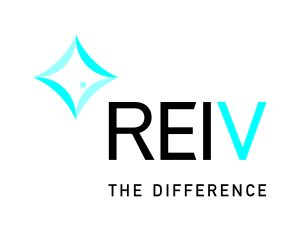
(Extract reported to REIV Members Tuesday 19th May 2020)
After reviewing the Regulations the REIV have developed resources to assist thier members reach dispute resolution between landlord and tenants.
Please see below links to some fact sheets that are helpful guides.
Residential Tenancies
• Dispute Resolution Process: Quick Reference Overview
• Dispute Resolution Process: Fact Sheet
• Possession Orders and Warrants: Fact Sheet
• Terminations: Fact Sheet
The Office of Small Business Commissioner has now published a set of FAQs for the Commercial Tenancy Rent Relief Scheme which clarifies a number of important matters including what financial information a landlord can request from a tenant and what is not allowable. Read more here.
REIV Research Bulletin May 2020
In case you missed our exclusive live recording webinar Thursday 7th May 2020.
Here it is:
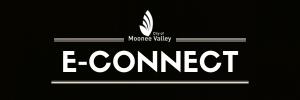


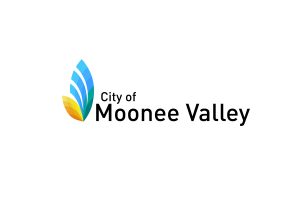
Property Landscape – Present Situation & Market Sentiment – Mark Errichiello From Master Advocates
This meeting is proudly presented in association with Moonee Valley City Councils COVID19 Business support Webinar Series and
Special Guest Speakers:
– Leah Calnan, REIV President and
– Richard Simpson, REIV Past President and current Director
REIV Report – New COVID19 Government Directions Released, This Has Been Effective Since Midnight Tue 12th May
The Government released the New Restricted Activity Directions (No. 7) and Stay at Home Directions (No. 6). The new Directions are effective from midnight tonight. Key points to note are listed below.
An estate agent in Victoria may organise:
1. An auction to take place for the sale of a residential property, during the restricted activity period, only if that auction is to be attended in person by no more than 10 members of the public (excluding the owners or residents of the property and any person(s) reasonably required to facilitate the auction),whether or not other members of the public also attend remotely; and
2. An inspection of a residential property during the restricted activity period for the purposes of a prospective sale or rental of the property, only if the estate agent does not permit more than 10 members of the public (excluding the owners or residents of the property and any person(s) reasonably required to facilitate the inspection) to enter the premises at any one time.
Note: these restrictions do not apply to dealings with property other than residential property.
3. An estate agent that arranges an auction or inspection in accordance with subclauses (1) or (2) during the restricted activity period must:
a. request that each person entering the premises provide:
i. their first name, and
ii. a contact phone number,
and, if provided, must keep a record of those details, and the date and time at which each person entered the premises; and
b. not permit the number of people in a single undivided indoor space to exceed the density quotient.
Definition of density quotient
The density quotient of a single undivided indoor space is the number calculated by dividing the total area of the space (measured in square meters) by 4.
Example: if an indoor space is 8.5 metres long and 4.5 metres wide, its total area is 38.25 square metres. Its density quotient is 9.56, so no more than 9 people would be permitted in the indoor space at the same time.
I would also like to clarify that it is our recommendation that attendees download the CovidSafe App as an additional precautionary measure. This is not a government requirement.
The REIV has developed template signs that Members can use for display at inspections and auctions. Links below.
The Residential Tenancies (COVID-19 Emergency Measures) Regulations 2020 have also been released. We are working through these and will provide further information, as required.

Australians have spent nearly two months enduring some form of coronavirus lockdown.
Friday’s press conference by Prime Minister Scott Morrison and Chief Health Officer Brendan Murphy outlined the biggest mass relaxing of restrictions since the outbreak began.
The plans are broken down into a three-step “roadmap” intended to be rolled out between now and July, with premiers and chief ministers expected to begin adopting step one of the plans in the days ahead.
Let’s break down Friday’s biggest announcements — but remember, these plans have to be legislated by your individual state or territory before they are effective, and some jurisdictions will move faster than others.
Two-person gatherings are increased

You will be allowed to have five visitors in your home (that’s your household plus five guests) and be in a group of 10 outdoors (that’s you plus nine people).
Some states have this gathering rule in place already, but this recommendation will be extended to all jurisdictions still living under the stricter two-person restrictions.
So, does that mean you’re allowed to go and kick the footy around with nine mates?
The authorities were asked this question directly on Friday and the answer is yes.
“[It’s] 10 people training in a football field, it’s 10 people getting together in a park,” Professor Murphy said.
Outdoor boot camps can also start back up, and playgrounds, public swimming pools, libraries, community centres, and golf courses can reopen.

For indoor gatherings, Mr Morrison said step one would be “five guests in your own home” — meaning you can have your whole household plus five extras.
Cafes and restaurants can open
Another welcome announcement is that seated venues that serve food (so cafes and restaurants) can reopen, but they can only have 10 customers sitting at tables at any one time.
Venues with no seated dining (like bars, nightclubs, or casinos) will not be allowed to open until step three.
Food service venues must ensure there is space of four-square metres per person, and each patron exercises social distancing of 1.5m.
This 10-person rule also applies to retail businesses.
Funerals and weddings can be bigger
The 10-person rule at funerals has been extended to 30 people if the service is performed outdoors.
For weddings, you can have up to 10 people in attendance.
In Queensland, you can have an indoor funeral with 20 mourners or an outdoor funeral with 30.
Any changes to workplaces?
Steps one and two of the plan say Australians should continue to work from home if it works for you and your employer.
It’s not until step three when a physical return to workplaces is contemplated.
Professor Murphy urged Australians to drop a “soldier on” mindset when it came to attending work when sick.

“No more heroics of coming to work with a cough and a cold and a sore throat,” he said.
“That’s off the agenda for every Australian for the foreseeable future.
“I think we’ve all been guilty of that at various times. I know I have.
“We’re all going to have to change that mentality.”
What’s the status on travel?
Step one of the roadmap allows “recreational travel of day trips up to 150km”, the Prime Minister said.
This is likely to be within your state or territory, unless you are bordering on another region and have a permit or are otherwise permitted to cross.
Mr Morrison said step two could involve some interstate travel.
“Stage two and three are able to gradually increase travel distances and the number of businesses open in time for the June school holidays,” he said.
It’s only at step three that authorities will consider trans-Tasman travel between Australia and New Zealand.
Any update on the early access to super scheme?
The Government’s early access to super scheme, which allows people financially affected by the coronavirus pandemic to access some of their retirement savings early, was frozen on Friday after the ATO detected alleged identity fraud.

Mr Morrison said he was not surprised fraudsters attempted to target the scheme, from which $10 billion had already been accessed.
“Fraud is possible in any program, anywhere,” he said.
“Over my government experience, I have been in immigration, I have been in social services, and I have been in treasury, and I can tell you, fraudsters try and have a crack at every single one of those systems every single day.
“So, the fact that people have tried to have a crack at this doesn’t surprise me.”
He said the scheme would be frozen for at least 24 hours while the incident was investigated.
What about steps two and three?
The separation of the restrictions into three steps means each step can be assessed before the next is implemented.
This means authorities can check there are no unacceptable outbreaks before moving on to the next step.
Mr Morrison said each restriction would be reviewed by the National Cabinet three weeks after it was implemented.
“They’re not formal reviews — I’d describe them more as stocktakes as to where the framework is at, and looking at where all the states are, and how we’re going towards our ultimate aspiration of being [at Step 3] in July,” he said.
Step two will include gatherings anywhere of up to 20 people, with gyms, beauty salons, cinemas, galleries, amusement parks, caravan parks and camping grounds to reopen.
Step three meanwhile will see gatherings increased to 100, a physical return to workplaces, nightclubs, food courts, and saunas open, with all interstate travel and potential international travel on the table.
When will step one be in effect in your state or territory?
South Australia: Monday, May 11
Queensland: Saturday, May 16
Victoria: To be confirmed by Premier Daniel Andrews on Monday, May 11
Tasmania: Some phases of step one on Monday, May 11, the rest on Monday, May 18
Northern Territory: No statement yet, but NT authorities have already introduced a roadmap out of restrictions
New South Wales: Authorities say there will be no further changes “this week”
If your state or territory isn’t listed here, your premier or chief minister hasn’t made an announcement on this yet.

The three stages Australia will follow to relax restrictions

Victorians will be able to host up to five visitors in their homes and meet outdoors in groups of 10 from Wednesday, under the state’s first relaxation of coronavirus restrictions.
Key points:
- The relaxed restrictions will take effect from 11:59pm on Tuesday
- Under the changes, “visiting family and friends” will become a fifth reason for Victorians to leave their homes
- Victorian students are likely to return to face-to-face learning before the end of term two
Under what Premier Daniel Andrews termed the first “safe, cautious and appropriate step” towards normality, Victorians will be able to go fishing, hiking, play golf and join walking groups, provided physical distancing is maintained.
The Government has also come to an agreed set of arrangements to allow professional sporting codes, including the AFL, to resume training from Wednesday, he said.
“Training resuming paves the way for footy to be back and I think we all want that, provided it’s safe, appropriate and can be done in a cautious way and I’m confident that it can be,” Mr Andrews said.
Community sports could also begin training again, provided they followed the 10-person limit, physical-distancing rules and basic hygiene, he said.
“If you are sharing equipment, you should try to minimise that,” he said.
“But if it’s unavoidable, given the nature of the sport, then you should hand sanitise, clean the equipment, all of those quite logical things.”
Weddings will now be able to have ten guests, while up to 20 people can attend funerals indoors, and up to 30 people can attend funerals held outdoors.
Up to 10 people will be allowed to join religious gatherings, plus the additional people required to run the service.
The Premier said the Government was close to finalising a plan so that face-to-face learning could resume in Victorian schools before the end of term two.
Victorians are currently only allowed to leave their homes for work or education, shopping for essential supplies, exercise and medical and compassionate care.
Mr Andrews said the changes meant there would be a fifth reason for Victorians to leave their homes from Wednesday — visiting family and friends.
Victorians who can work from home must continue to work from home until the end of May, he said.
Coronavirus (COVID-19) advice for parents, carers and guardians
Advice for parents about the outbreak of coronavirus (COVID-19)
Mr Andrews said while people would be allowed to host up to five visitors in their home from 11:59pm on Tuesday, it was important people understood it was not a return to normal.
“This is not an invitation to be out every hour of every day or to be having friends over every lunch and every dinner,” he said.
“That’s not what this is about. And if we all did that, then we will have less options in June because our testing program, the biggest in the country, will find many, many more positives because nothing will happen but spread the virus.
“This is about seeing those you need to, if you need to.”
Cafes, restaurants limited to takeaway orders until June
Mr Andrews said by keeping any social activity limited to family and friends, contact tracing would be easier in the event of an outbreak.
At both weddings and funerals a list of names and contact details would need to be keptto assist with contact tracing, he said.
The changes will be in place until the end of May.

Mr Andrews said restaurants and cafes would continue to be restricted to takeaway business only, before all restrictions would be reviewed at the end of the month.
He said the feedback from hospitality businesses had been that opening with a restriction of 10 customers was not financially viable.
“If we just wait these three weeks, if we do the testing, if we have that further assurance that the significant steps we have taken today isn’t causing us trouble that we can’t manage, then I think we can take a bigger step potentially in June for cafes and restaurants and get them to a point where they are viable,” he said.

He said while outdoor gatherings of 10 people or less would be allowed, camping overnight in national parks remained off limits.
Reopening restaurants and cafes
Students back in classrooms before end of term two
Mr Andrews flagged a return to on-site learning in schools before the mid-year break, but said the Government was not yet ready to announce the details.
“We had for the purposes of certainty said to parents across the state that they should plan and assume that learning from home would continue for the entirety of term two,” he said.
“We now believe that a gradual, staged return to face-to-face learning is safe, cautious and appropriate, given the testing we’ve done and the circumstances we face. Today’s not the day to announce the details.”
The changes come after Prime Minister Scott Morrison outlined a three-step plan agreed upon by the National Cabinet on Friday to move to a “COVID-safe economy” by July.
Each state and territory government is responsible for setting its own timetable for the plan, based on its local circumstances.
Mr Andrews said while the testing blitz of more than 161,000 Victorians had shown that the state’s numbers were stable, the virus was still spreading in the community and caution was required.
He said the blitz had shown up 30 cases which health authorities would have otherwise been unaware of.
“What that tells us is the virus is still with us, the virus is in the Victorian community,” he said.
Seven new COVID-19 cases have been diagnosed in Victoria in the past 24 hours, including one case linked to the cluster at Cedar Meats Australia, an abattoir at Brooklyn in Melbourne’s west.
Four of the other cases were returned overseas travellers, while two were still being investigated.
News sources in this issue: REIV, ABC News, Master Advocates Real Estate Services, Moonee Valley City Council

